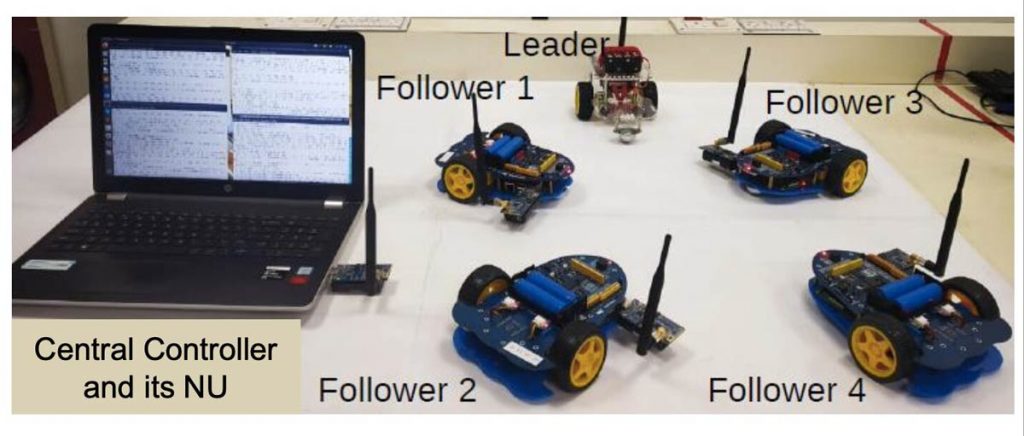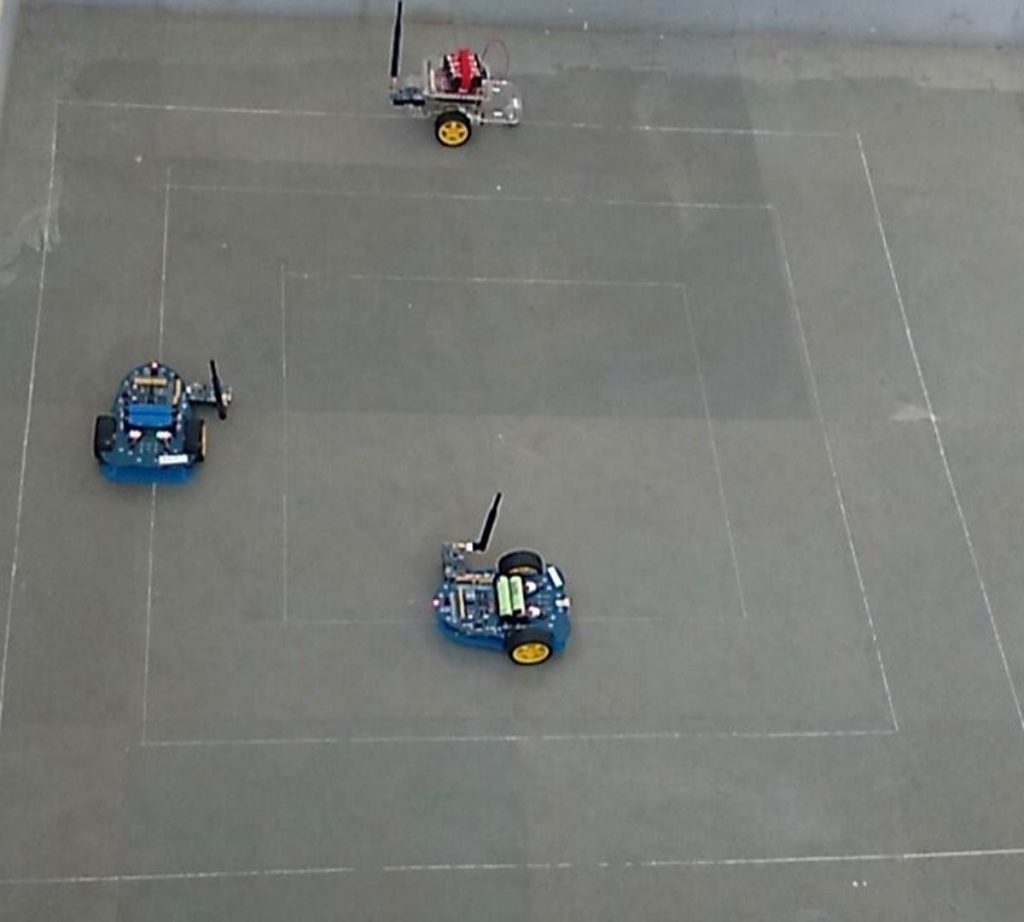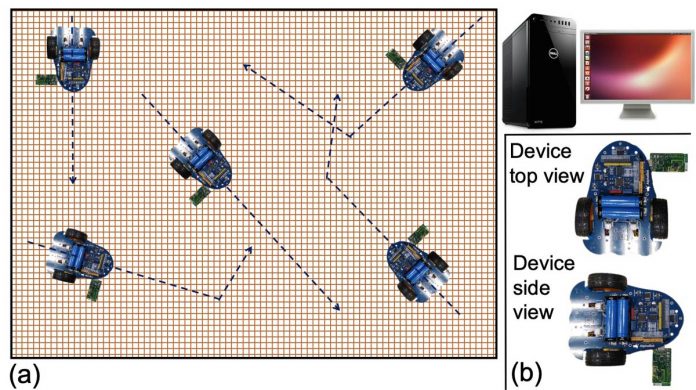Indian Institute of Technology Bhubaneswar researchers have collaborated with TCS Research and Wageningen University and devised a new strategy which can improve coordination among different robots tackling complex missions as a team. The findings were published in arXiv. The research is based on a split-architecture that addresses communication and computations separately. This can coordinate the two to achieve optimal results.
The researchers have presented their paper at the IEEE RoboCom 2022 conference. This conference was held in conjunction with IEEE CCNC 2022. This was a top tier conference in the field of networking and distributed computing. It received the Best Paper Award at IEEE RoboCom 2022.
In order to perform well multi-robot teams need to be based on efficient communication and coordination systems. But conventional communication systems force robots or devices to compete for a chance to share information with other systems. This process waste time and result in high power consumption.

The research team have overcome the limitations of existing communication systems by creating a new paradigm which is based on an approach called ‘concurrent transmission’. This approach has allowed them to cooperate to achieve a common goal, instead of putting devices or robots in competition.
Concurrent transmission techniques have many advantages than conventional communication strategies. They enable devices to share data with each other more efficiently.
Concurrent transmission is difficult to implement using generic hardware. It achieved good results when it was applied on specific hardware.

Roboticists combine different types of hardware units into one. They coherently merge two distinct hardware systems into a collective architecture. They have achieved very promising results. They also enhanced cooperation and communications among multiple robots.
Scientists have tested their communication system on a group of five two-wheeled robots. They found that their system allowed the robots to efficiently coordinate with each other when forming different formations.
This concurrent transmission-based strategy can help to enhance cooperation between multiple robots in a flock during complex or time-sensitive missions.

